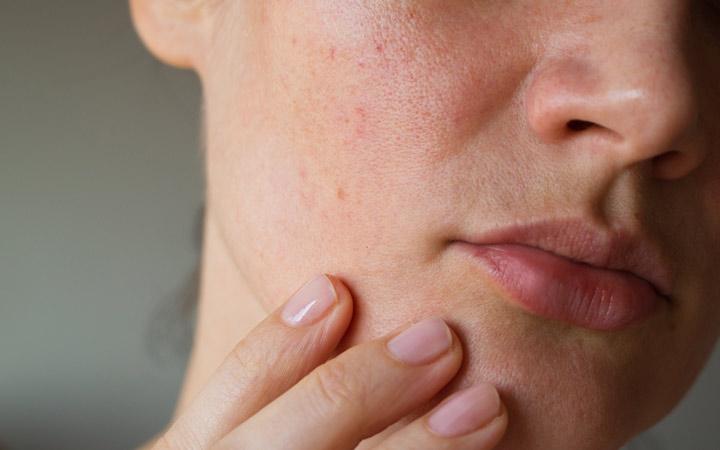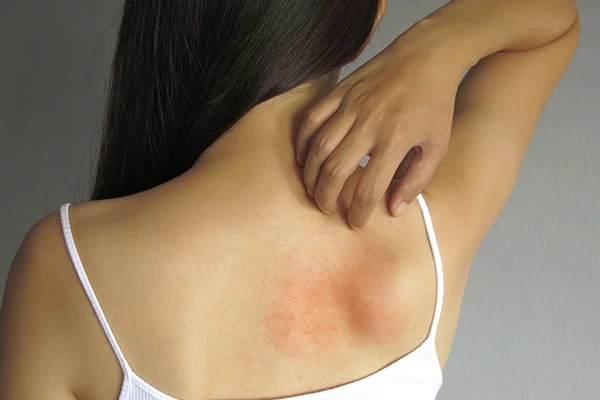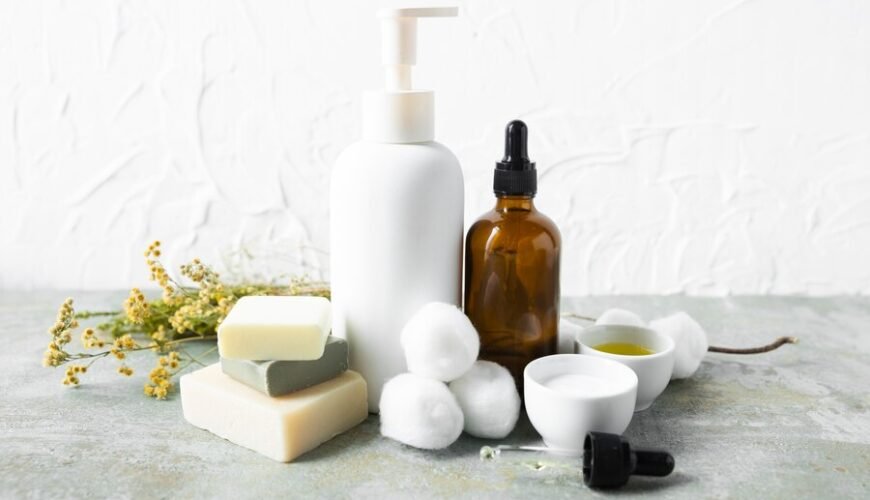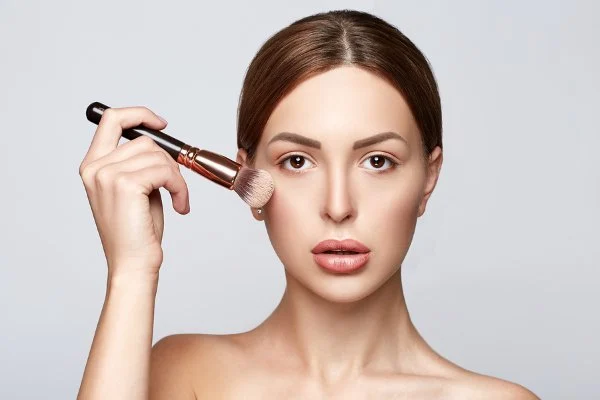Our skin is a formidable barrier.
It protects us from microbes and elements, provides a waterproof defense, and helps us regulate our body temperature.
Needless to say, on a day-to-day basis, our skin goes through a lot. However, when the seasons change and temperatures fluctuate, our skin becomes vulnerable.
Your skin may become drier and tighter, breakout all over, or become unusually oily. The seasonal impacts on our skin are unavoidable, but the end result doesn’t have to be…
How The Cooler Weather Affects Skin
Picture this: It’s mid-September. The days are becoming shorter, and a bed of orange leaves sits firmly on your sidewalk. The sun sits lower in the sky, and if you love the winter season, your excitement for the holidays is growing.
There’s just one problem – those brisk, chilly days are getting even colder. Temperatures and humidity levels are falling quickly, and now, your skin is working harder to keep itself hydrated as the plummeting temperatures and cold winds blow in.
With less moisture in the air, your skin is more likely to crack and flake, leading to irritation. Once more, if you suffer from existing skin conditions like rosacea or acne, you might be experiencing a flare-up.
The areas of your body that are often exposed to the elements, like your hands and face, will suffer most. As a result, you may experience chapped lips, dry hands, and more.
Perhaps you’re taking scalding hot showers to warm up or cranking up your heating to full-blast to fight off the chills? However, these rapid temperature changes can actually worsen your existing issues.

Common Winter Skin Conditions
According to doctors and dermatologists, the most common winter skin conditions include:
- Acne
- Eczema
- Raynauds disease
- Chapped lips
- Psoriasis
- Rosacea
How the Warmer Weather Affects Skin
So, you’ve come out the other side of winter, and you’re hoping for the dry and flaky skin of the cooler seasons to disappear.
But don’t get too excited just yet…
During the warmer months, your skin experiences another rapid temperature change. But, this time, it’s on the opposite side of the scale. As temperatures rise, the skin is prompted to release more oil which can leave you looking greasy.
The warm weather can also increase water excretion from your body, resulting in dry, red, or prickly skin (depending on your skin type). These conditions are also notorious for encouraging breakouts. All that excess oil paired with sweat and speedier skin cell production provides the perfect environment for spots to form.
Not only do you have all this to contend with, but the longer days and drier weather mean your skin’s exposed to more sunlight. We’re all familiar with the damage the sun can do to your skin. In addition to more serious issues like skin cancer, the sun can also damage your skin’s moisture barrier. So if you’re taking a dip in the pool, remember – UV rays bounce off the water and reflect back onto you, meaning you’re exposed twice as much.
The Most Common Summer Skin Conditions
According to doctors and dermatologists, the most common summer skin conditions include:
- Sunburn
- Eczema flare-ups
- Bug bites
- Heat rash
- Athletes foot
- Melasma
The Best Ways to Protect Your Skin
Whatever the weather and however sensitive your skin is, there are several ways you can protect yourself from the elements.
Let’s look at some of the most common ones below:
Tips for Winter Weather
In the cooler weather, you’ll need to keep your skin and lips moisturized and hydrated to prevent cracking and flaking.
To protect your skin effectively, you should:
- Moisturise daily: Cream-based or petroleum-based moisturizers tend to be better for regular and dry skin types.
- Avoid hot water and soap: Frequently immersing your skin in hot water and soap can encourage or exacerbate the symptoms of ‘winter itch.’ Soap tightens and dries your skin, which can make your skin even drier. Instead, try using lotions and moisturizers, and if you’re washing your hands, apply a hand cream afterward. This is all the more important if you suffer from sensitive skin.
- Protect yourself from the wind: Wrap up warm, and protect your face and hands with gloves and scarves to avoid irritation.
- Take Vitamin D: Vitamin D supports your immune system and encourages skin protection and rejuvenation. Take supplements during the colder months to help keep yourself healthy.
- Establish a morning skin routine: This goes for warmer weather, too. A regular skin routine can improve complexion, circulation, reduce irritation, acne, and more.
Tips for Warmer Weather
As temperatures rise and the days are longer, you’ll need to protect your skin against a new set of challenges.
Here are some of the best ways to achieve exactly that:
- Always wear sunscreen: Even when it isn’t warm, always apply sunscreen to protect your skin from UV rays that can cause skin damage, and more seriously, skin cancer.
- Protect yourself from the sun: Whether it’s a sun hat, an umbrella, or lightweight clothing to cover your arms and legs, protect your skin from direct exposure to the sun. Seek shade when possible and stay hydrated.
- Check your medications: If you take medication for an existing condition, you may increase your sensitivity to the sun. Some medications like antihistamines and anti-inflammatory drugs are the most common culprits. Consult with a pharmacist or doctor for confirmation so that you can act accordingly.
- Check your skin regularly: Assess your skin regularly for changes in moles, freckles, or birthmarks. Make sure you monitor any new skin changes that have occurred and contact a doctor if you’re concerned. If you develop sunspots from unprotected sun exposure, keep a close eye on them, and, again, contact a professional if necessary. To reduce their appearance, you can use a range of prescribed or over-the-counter medicines and creams.





